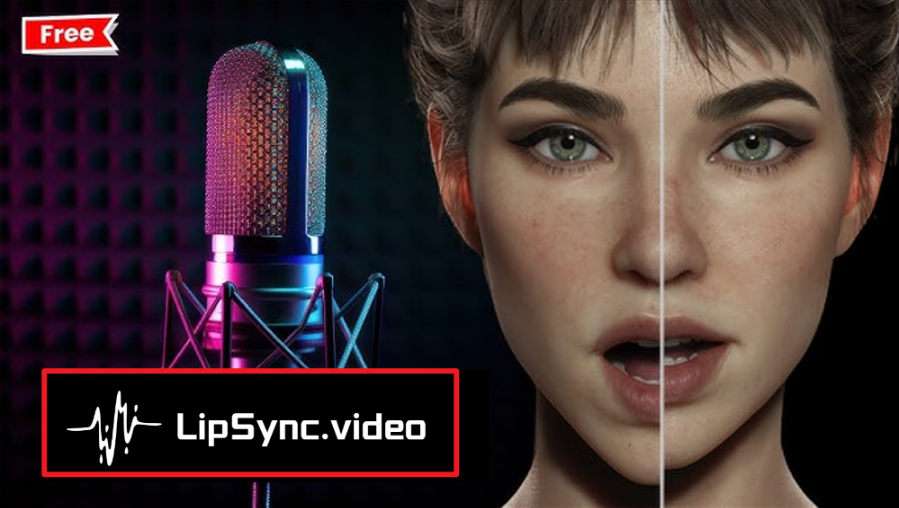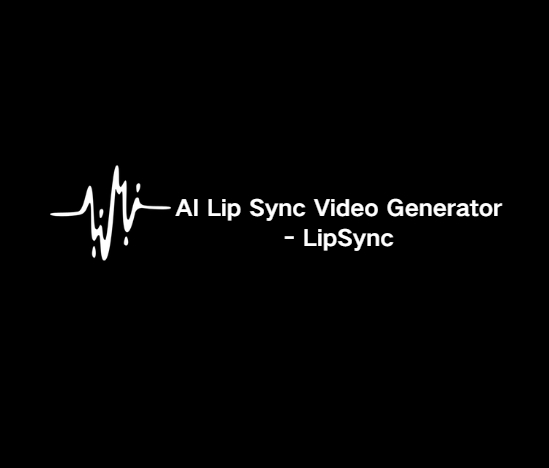AI Baby Podcast Trend Explained (Free Generate)
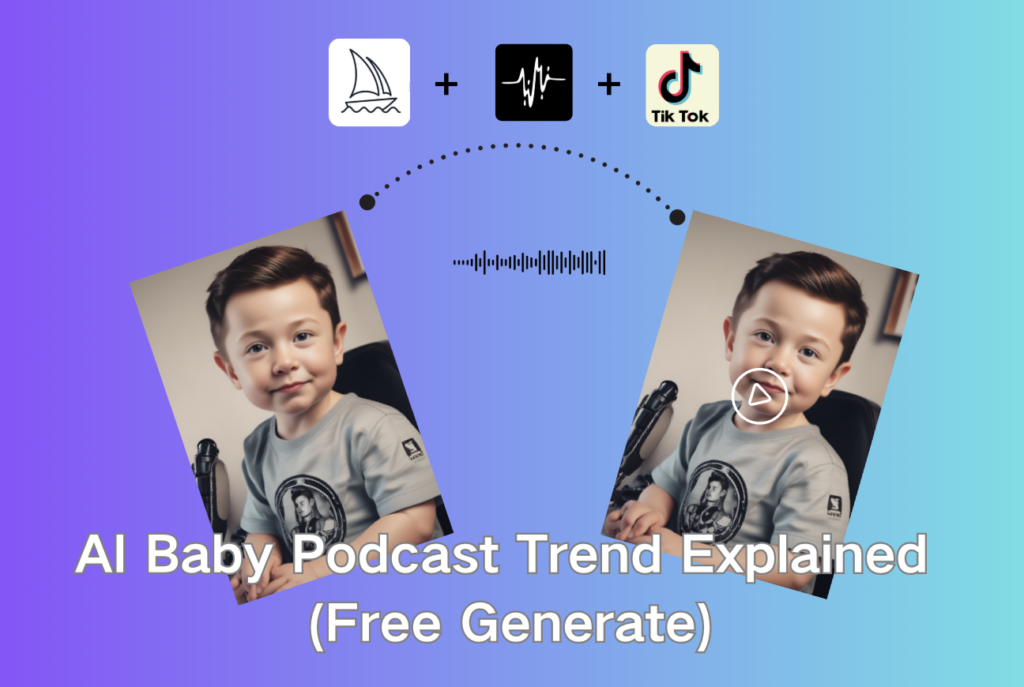
Contents
- When AI Baby Podcast Talk Like Adults, Chaos Ensues
- The Tech Behind AI Baby Podcast: lipsync.video Unpacked
- Why AI Babies Are TikTok’s Newest Obsession
- Controversy Alert: Ethics, Copyright, and Deepfake Fears
- The Future: From Memes to Mainstream?
- How to Ride the Wave (Without Getting Sued)
- Final Thought
Move over, filters and dance trends—TikTok’s latest obsession is AI baby podcast , where AI-generated babies rant, roast, and crack jokes like seasoned comedians.These uncanny “AI talking babies” are flooding feeds with surreal clips of infants debating philosophy, reenacting Top Gear rants, and even dissecting viral memes. Behind the scenes? A tool called lipsync.video is turning static baby avatars into expressive, lip-syncing stars overnight. Here’s how this bizarre AI baby podcast trend took over—and why it’s rewriting the rules of content creation.
When AI Baby Podcast Talk Like Adults, Chaos Ensues
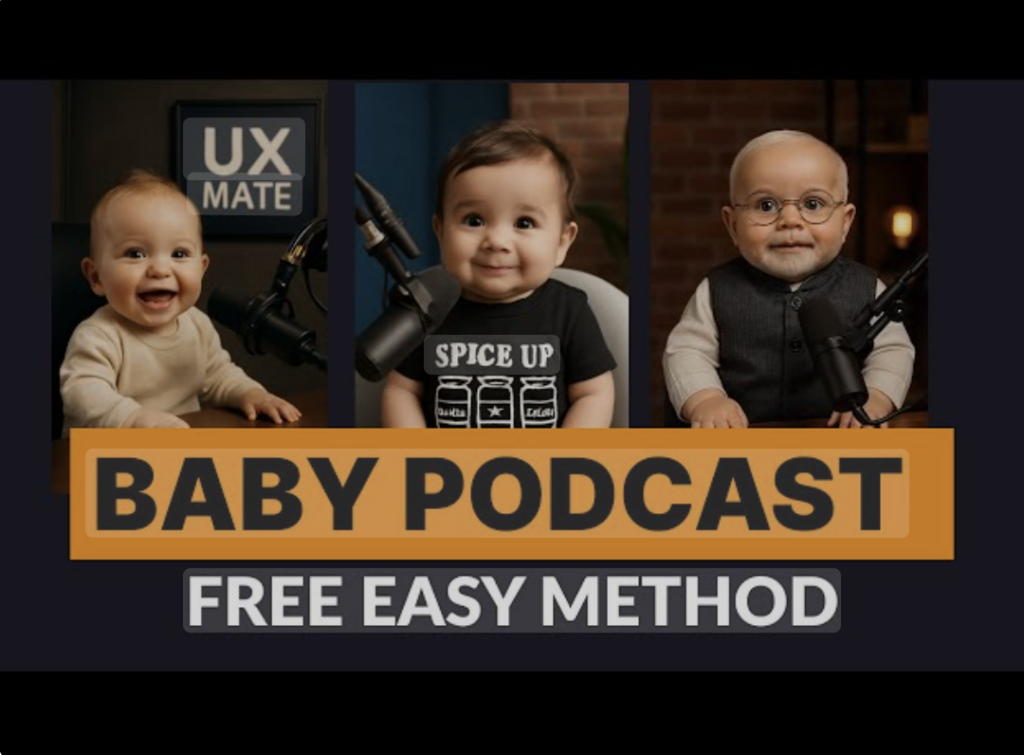
Imagine a chubby-cheeked toddler delivering a TED Talk on “Why Dogs Have Regional Accents” or roasting another AI baby with “Your mom jokes.” That’s the magic of AI baby podcast. These videos mash up hyper-realistic infant avatars (generated by tools like Midjourney or DALL-E) with audio clips ripped from podcast, comedy shows, or viral moments. The result? A jarring yet addictive blend of innocence and wit that leaves viewers equal parts amused and disturbed.
Take the viral AI baby podcast clip mimicking the comedy Bad Friends, now reimagined as an AI baby podcast, where two AI babies reenact hosts Bobby Lee and Andrew Santino’s chaotic banter. The original audio—a debate about dogs’ “regional accents”—is already absurd, but watching baby-faced avatars deadpan lines like “Mexican dogs say ‘Bow Wow’ with a Spanish accent!” elevates the humor to surreal heights. The video racked up 806K likes and 227K shares , with comments like:
“This baby just roasted me harder than my ex.”
“Why does this make sense?!”
The Tech Behind AI Baby Podcast: lipsync.video Unpacked
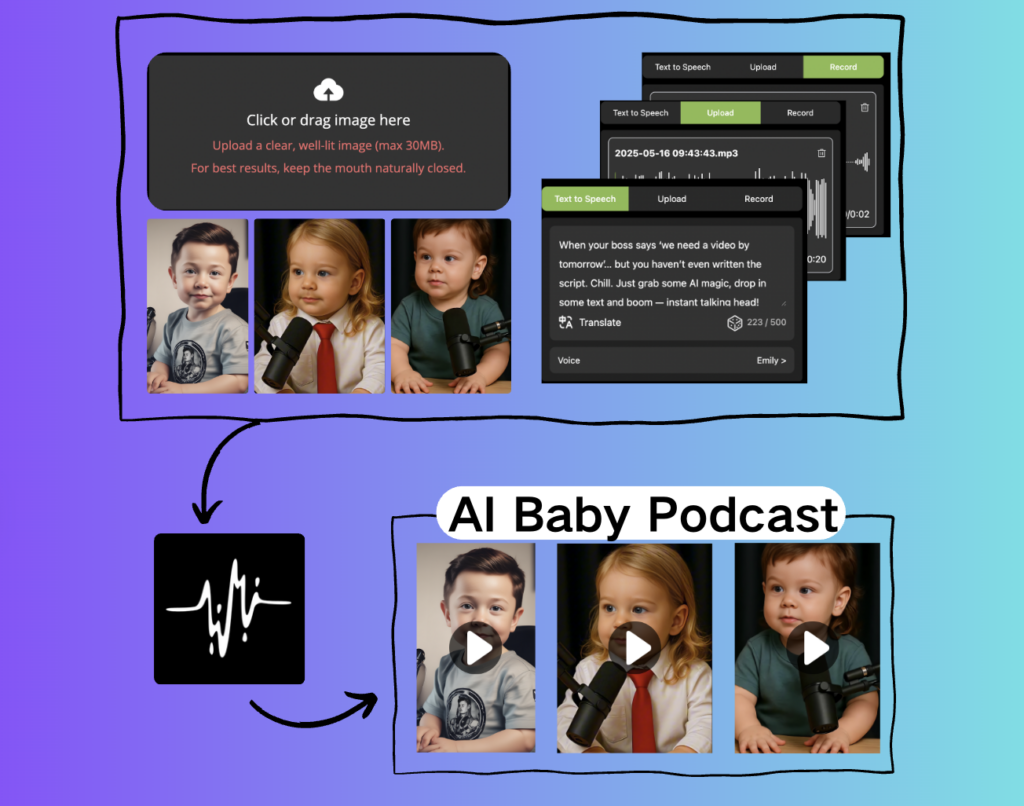
So how does a static baby image morph into a sassy, head-tilting podcast host? Let’s break it down:
Step 1: Create the Baby Avatar
- Tools like Midjourney or DALL-E generate photorealistic baby images using prompts like “Elon Musk as a baby in a Tesla onesie” or “grumpy British infant sipping tea.”
- Pro tip: Add details like “podcast microphone” or “dramatic lighting” to amplify the vibe.
Step 2: Source the Audio
- Most AI baby podcast creators borrow audio from viral sources: comedy podcast (The Basement Yard), reality TV meltdowns (1000-Lb. Sisters), or Theo Von’s signature Southern rants.
- For original content, voice-cloning tools like ElevenLabs or Minimax can generate eerily human-like speech.
Step 3: Bring the Baby to Life with lipsync.video
- Upload the baby image and audio to lipsync.video . The AI analyzes the audio’s tone, pacing, and emotion, then animates the avatar with:
- Lip-syncing : Perfectly timed mouth movements.Micro-expressions : Raised eyebrows, smirks, eye rolls.
- Head motions : Nods, tilts, and dramatic pauses.
- Creators can even tweak prompts like “make the baby look angry” or “add a sarcastic eyebrow raise.”
The result? A flawless blend of uncanny valley and comedy gold. As one TikTok user joked:
“I don’t know if I’m laughing with the baby or at the fact that it’s smarter than me.”
Why AI Babies Are TikTok’s Newest Obsession
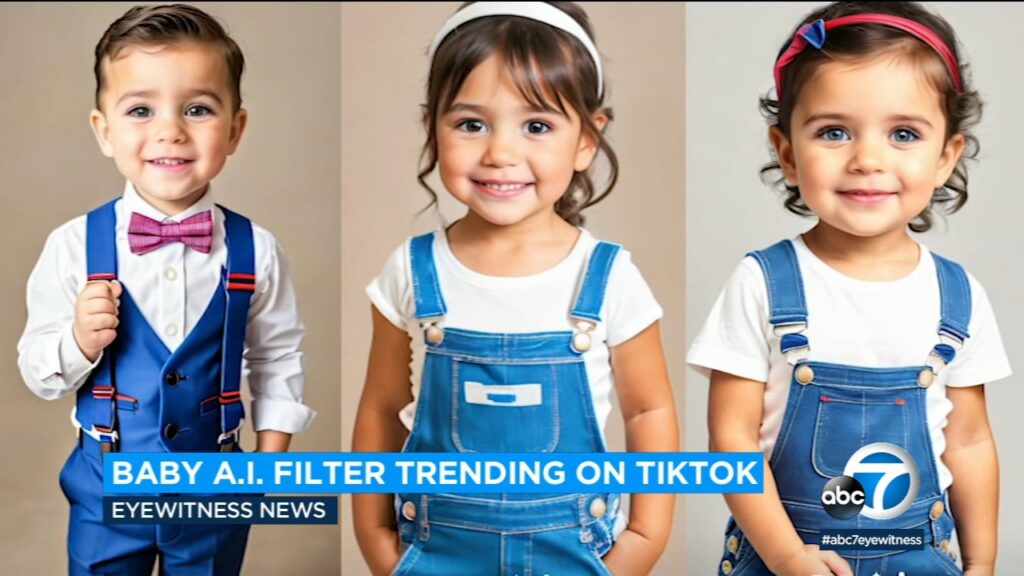
1. Nostalgia Meets Absurdity
- Babies symbolize innocence, but pairing them with adult humor creates irresistible cognitive dissonance. Think: “Why is this infant lecturing me about taxes?!”
2. Built-In Virality
- Repurposing audio from popular shows (Top Gear, The Godfather) taps into existing fanbases. A clip of an AI baby yelling “Hammond, you idiot!” (a Top Gear meme) gained 424K likes by riding nostalgia + novelty.
3. Democratized Creativity
- Tools like lipsync.video let anyone create pro-level animations in minutes—no VFX skills required. A creator behind the account @babypodcast revealed their process takes under 10 minutes per video .
Controversy Alert: Ethics, Copyright, and Deepfake Fears
Not everyone’s laughing. Critics of AI baby podcast highlight three red flags:
- Copyright Gray Zones : Using podcast audio without permission could spark lawsuits.
- Deepfake Dilemmas : If babies can say anything, what stops malicious actors from faking celebrity or child voices?
- Creepy Factor : Some argue the trend normalizes “digital child avatars” for profit, raising ethical questions.
Yet, creators brush off concerns. “It’s just harmless fun,” says TikTok user @AI_BabyHotline, whose parody of Taylor Swift’s Love Story (sung by a baby) hit 1.2M views .
The Future: From Memes to Mainstream?
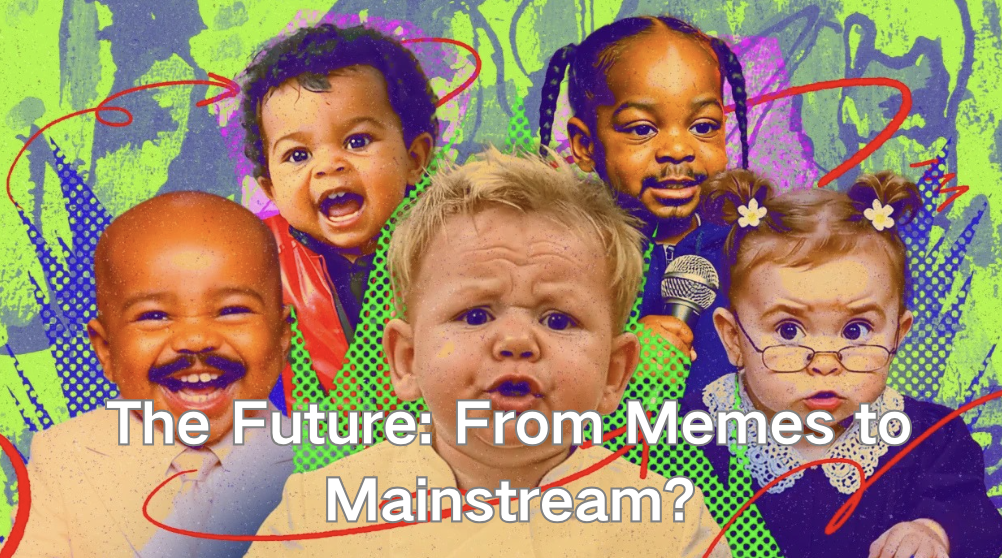
AI baby content is evolving fast:
- Music Covers : Baby-faced “Swifties” belting Anti-Hero.
- Brand Campaigns : Brands like Pampers experiment with AI baby influencers.
- Political Satire : A viral “Baby Trump” ranting about walls (yes, it exists).
As lipsync.video’s tech improves, expect even wilder iterations—maybe AI babies hosting talk shows or debating politics.
How to Ride the Wave (Without Getting Sued)
- Find Viral Audio : Dig into niche podcast or meme pages.
- Go Hyper-Specific : Example: “Baby Elon Musk explaining crypto.”
- Use lipsync.video’s Free Tier : Test ideas before committing.
- Add Disclaimers : Label content as “AI parody” to avoid confusion.
Final Thought
Love it or hate it, AI baby podcast are a cultural reset. They prove that with the right tools, even a digital infant can outshine human creators. So, will this trend die out? Unlikely. As one Reddit user put it:“We’ve peaked as a species. Send help—or more AI babies.”
Ready to make your own? Grab a coffee, fire up lipsync.video, and let the tiny comedians take over. 🍼🎤

